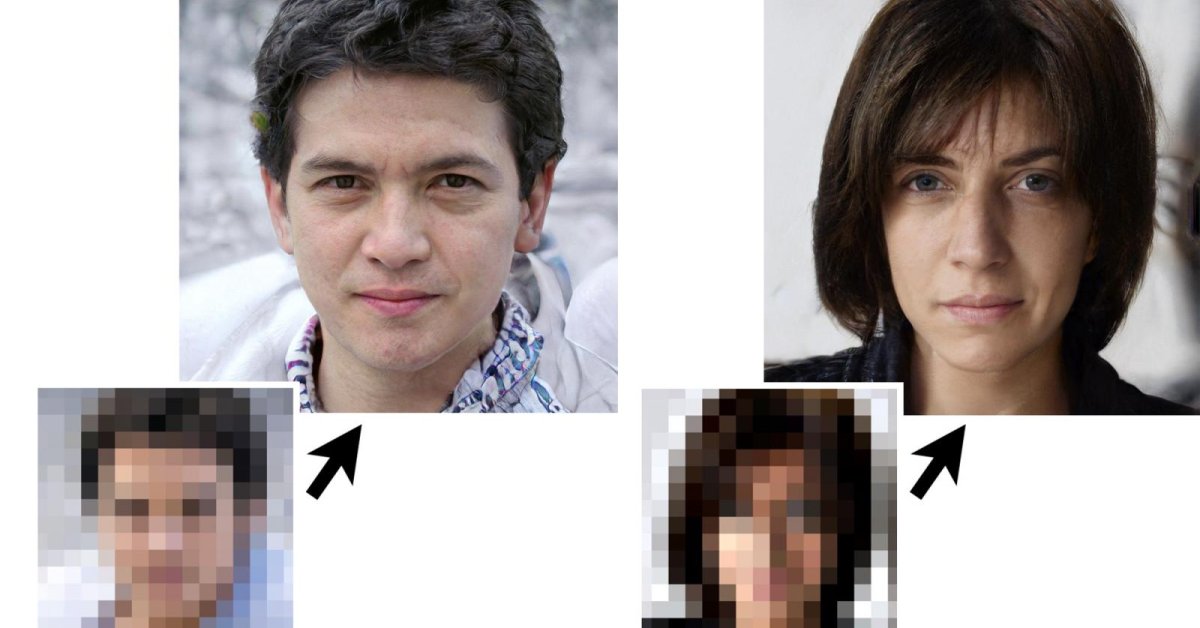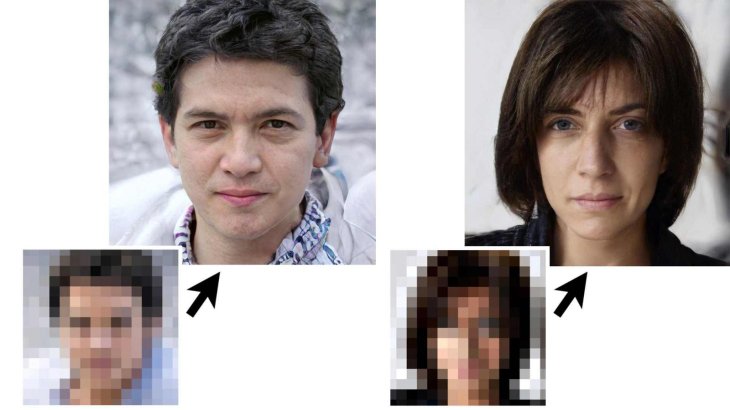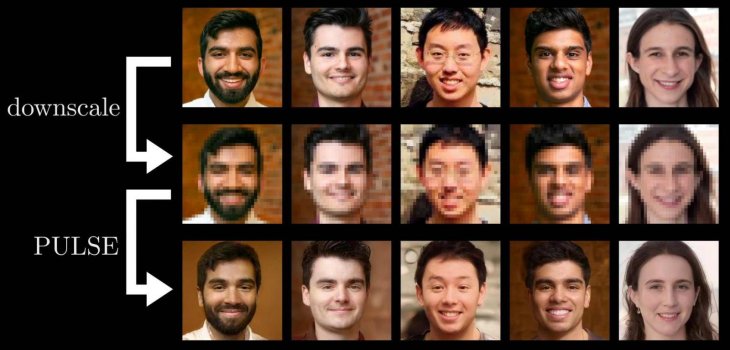This Tool Reveals A Pixelated Face By Making It 60 Times Sharper
Dhir Acharya - Jun 18, 2020

There are a bunch of photos from years ago with very low resolution, and this new AI tool called Pulse will allow us to make them sharp and clear again.
- New ‘Deep Nostalgia’ AI Allow Users To Bring Old Photos To Life
- Pilots Passed Out Mid-Flight, AI Software Got The Aircraft Back Up Automatically
- YouTube AI Mistakes Black And White In Chess For Racism
The society is giving us more reasons to hide the faces of people and bystanders in our photos and videos before sharing them on social media. However, technology also has a way to work around whatever method we apply. In the latest example, researchers at Duke University have shown a new tool that can reveal pixelated faces.
In image processing, there is a tool to increase a digital image’s resolution without compromising sharpness, detail, or adding weird visual artifacts. While modern smartphones can take photos of over 20MP resolution, digital cameras have been around for years and there are a lot of images from the past that have low resolution compared with present ones. That makes a tool scaling up images more important than ever.

The typical approach to raising an image’ resolution is by starting with a low-resolution version, then use intelligent algorithms to predict and add more pixels and details to generate a high-resolution version. However, as a low-resolution image can lack a lot of details, fine features usually get lost during the process, which leads to faces that are too soft and smoothed out.
Now, researchers at Duke University have created Photo Upsampling via Letent Space Exploration, or Pulse, to address the problem differently. They use progress developed with machine learning in recent years.
Also starting with a low-resolution image, but Pulse doesn’t process it directly. Instead, it feeds the image to an AI-based face generator that uses generative adversarial networks for creating random realistic headshots.

Previously, this technique was used to create non-existent, life-like faces. But now, when the faces have been generated, they are downsized to the original low-resolution reference and compared with it, to see how they match. The process can quickly find a close comparison then change it gradually until it achieves a down-sampled result matching the original low-resolution sample.
As of now, there is still a significant difference between the high-resolution images generated by the tool and the original sample, but the tool will be improved to get better results.
>>> 43,000-Square-Meter Nazi Submarine Base Turned Into The World's Largest Digital Art Gallery
Featured Stories

Features - Jul 01, 2025
What Are The Fastest Passenger Vehicles Ever Created?

Features - Jun 25, 2025
Japan Hydrogen Breakthrough: Scientists Crack the Clean Energy Code with...

ICT News - Jun 25, 2025
AI Intimidation Tactics: CEOs Turn Flawed Technology Into Employee Fear Machine

Review - Jun 25, 2025
Windows 11 Problems: Is Microsoft's "Best" OS Actually Getting Worse?

Features - Jun 22, 2025
Telegram Founder Pavel Durov Plans to Split $14 Billion Fortune Among 106 Children

ICT News - Jun 22, 2025
Neuralink Telepathy Chip Enables Quadriplegic Rob Greiner to Control Games with...

Features - Jun 21, 2025
This Over $100 Bottle Has Nothing But Fresh Air Inside

Features - Jun 18, 2025
Best Mobile VPN Apps for Gaming 2025: Complete Guide

Features - Jun 18, 2025
A Math Formula Tells Us How Long Everything Will Live

Features - Jun 16, 2025
Comments
Sort by Newest | Popular